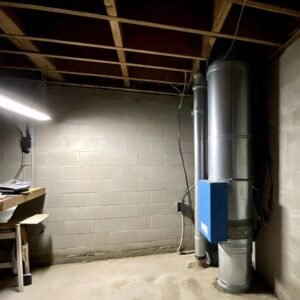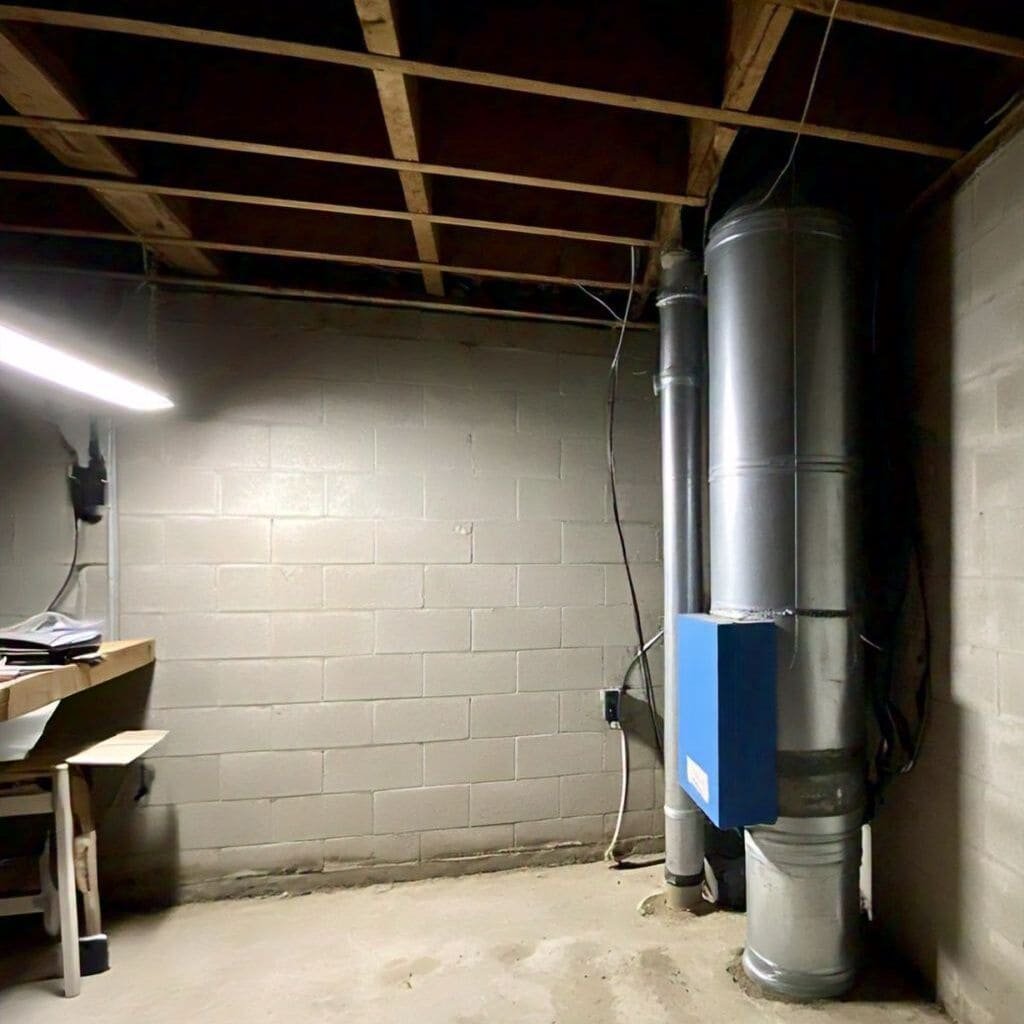Radon is a naturally occurring radioactive gas that can seep into homes from the ground. While low levels of radon are generally harmless, high levels can increase your risk of lung cancer. Therefore, it’s crucial to understand when to install a radon mitigation system to protect your family’s health.
Radon Statistics in the USA
According to the Environmental Protection Agency (EPA), radon is the second leading cause of lung cancer in the United States, after smoking. It is estimated that radon is responsible for an average of 21,000 lung cancer deaths per year. The EPA has set an action level of 4 pCi/L (picocuries per liter) for radon in homes. This means that if your home’s radon levels exceed 4 pCi/L, you should take steps to reduce your exposure.
Contact Us Now for a free consultation
When to Install a Radon Mitigation System:
Elevated Radon Levels: If your home’s radon levels exceed the EPA’s recommended action level of 4 pCi/L, installing a mitigation system is strongly advised.
Moderate Radon Levels: Even if your radon levels are between 2 and 4 pCi/L, you may consider mitigation, especially if you have risk factors like smoking or a history of lung cancer in your family.
Risk Factors:
- Smoking: Smokers are at a significantly higher risk of lung cancer from radon exposure.
- Lung Cancer History: If you or a family member has had lung cancer, reducing radon exposure is crucial.
- Age and Length of Exposure: The longer you and your family are exposed to elevated radon levels, the higher your risk.
Building Type and Location:
- Older Homes: Older homes are more likely to have gaps and cracks that allow radon to enter.
- Basements and Crawl Spaces: These areas are common entry points for radon.
- Geologic Factors: Soil type and rock formations can influence radon levels.
Cost and Benefits:
- Cost-Effectiveness: Mitigation systems can vary in cost, but the long-term health benefits often outweigh the initial investment.
- Peace of Mind: Knowing your family is protected from radon exposure can provide valuable peace of mind.

Types of Radon Mitigation Systems:
- Sub-slab depressurization: This is the most common method, involving installing a pipe under the concrete slab to vent radon to the outside.
- Active soil depressurization: This method involves installing perforated pipes around the foundation to vent radon from the soil.
- Other methods: There are other less common methods, such as sealing cracks and improving ventilation.
Getting Started:
- Test Your Home: Conduct a radon test to determine your home’s radon levels.
- Consult a Professional: Hire a qualified radon mitigation contractor to assess your home and recommend the best solution.
- Install and Maintain: Have the mitigation system installed and schedule regular maintenance checks to ensure it’s functioning properly.
Additional Resources:
Remember: Taking action to reduce radon exposure is a wise investment in your family’s health. If you have concerns about radon in your home, don’t hesitate to take steps to protect yourself and your loved ones. Always consult with qualified professionals for personalized guidance.

